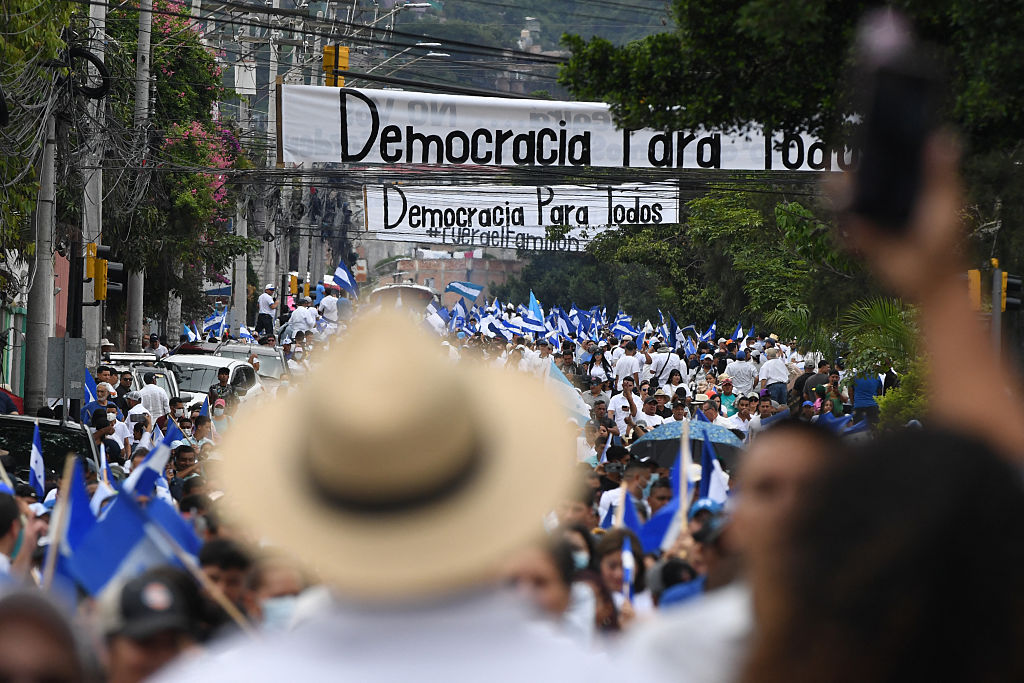Why Zelaya's Protest Support Dwindled
Why Zelaya's Protest Support Dwindled
Three months after the coup the Hondruan crisis appears to be peacefully resolved, but the pro-Zelaya Resistencia was not a factor in the compromise.
A peaceful resolution to the Honduran crisis appears to be at hand. Pending the approval of the Honduran Congress, Manuel Zelaya will return to power, the elections will take place at the end of November (with the military under the Supreme Electoral Tribunal’s control for this month) and the international community will recognize the upcoming elections. Notably, the solution resulted from foreign, rather than domestic, pressure on both Roberto Micheletti and Manuel Zelaya, with the United States leading the final push. This raises the question of why, even as international pressure on Micheletti’s regime increased, domestic opposition protests dwindled. What explains the pro-Zelaya Resistencia’s relative weakness and its ultimate marginalization from the solution to the Honduran political crisis?
After an initial surge of popular protest, the pro-Zelaya Resistencia fell off the radar. Through mid-September, these forces had the capacity to mobilize tens of thousands of protesters—most clearly evidenced at the Independence Day march in Tegucigalpa on September 15. Then, after Zelaya’s return to Honduras, Roberto Micheletti’s de facto government beat protests back with overt repression and a two-week State of Exception, which suspended freedoms of assembly, speech, media, and movement, as well as due process. Repression then diminished, but the Resistencia remained a shadow of its former self. This weakness requires explanation. No doubt, repression was the proximate cause of the Resistencia’s inability to bounce back. Fully understanding this story, however, requires an appreciation of longer-term, structural factors of Honduran society. In particular, one must understand the Left’s historical weakness and the impact of this legacy on efforts to mobilize Zelaya supporters since the coup.
Please visit the Americas Quarterly website to read the full text of this article.








